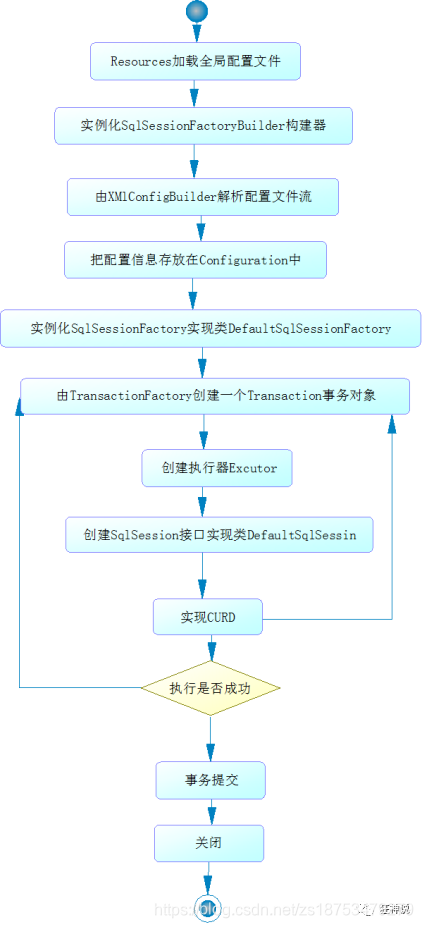1.1 面向接口编程
根本原因 : 解耦 , 可拓展 , 提高复用 , 分层开发中 , 上层不用管具体的实现 , 大家都遵守共同的标准 , 使得开发变得容易 , 规范性更好。
接口从更深层次的理解,应是定义(规范,约束)与实现(名实分离的原则)的分离。
接口的本身反映了系统设计人员对系统的抽象理解。
1.2 利用注解开发

注意:利用注解开发就不需要mapper.xml映射文件了
1、我们在我们的接口中添加注解
//根据查询全部用户
@Select("select * from user")
List<User> getUsers();
2、在mybatis的核心配置文件中注入
<!-- 绑定接口-->
<mappers>
<mapper class="com.xxxx.dao.UserMapper"/>
</mappers>
3、我们去进行测试
@Test
public void test(){
try(SqlSession sqlSession = MyBatisUtils.getSqlSesion();){
UserMapper mapper = sqlSession.getMapper(UserMapper.class);
List<User> users = mapper.getUsers();
for (User user:users
) {
System.out.println(user);
}
}
}
自动提交事务

public static SqlSession getSqlSesion() {
// 自动提交事务
return sqlSessionFactory.openSession(true);
}
interface接口

public interface UserMapper {
//根据查询全部用户
@Select("select * from user")
List<User> getUsers();
// 方法存在多个参数,所有的参数前面必须加上@Param
@Select("select * from user where id = #{id}")
User getUserById(@Param("id") int id );
@Insert("insert into user(id,name,pwd) values(#{id},#{name},#{pwd})")
int addUser(User user);
@Update("update user set name = #{name} , pwd = #{pwd} where id = #{id}")
int updateUser(User user);
@Delete("delete from user where id = #{uid}")
int deleteUser(@Param("uid") int id);
}
一定要注意:j将接口注册绑定到我们的核心配置文件中
<!-- 绑定接口-->
<mappers>
<mapper class="com.xxxx.dao.UserMapper"/>
</mappers>
方法存在多个参数,所有的参数前面必须加上@Param
1 无论基本类型的或者String需要加上
2 引用类型不需要加
3 如果只有一个基本类型可以忽略,但是建议大家加上。
4 sql中引用的就是这里的@param里面的参数
1.3 Mybatis详细的执行流程


1 Resources加载全局配置文件
**String resource = "mybatis-config.xml";
InputStream inputStream = Resources.getResourceAsStream(resource);**
2 实例化SqlSessionFactoryBuilder对象
**sqlSessionFactory = new SqlSessionFactoryBuilder().build(inputStream);**
3 XMLConfigBuilder 解析配置文件流
**build**
**XMLConfigBuilder parser = new XMLConfigBuilder(inputStream, environment, properties);**
4 把解析的配置信息放入Configuration 实例化DefaultSqlSessionFactory
public SqlSessionFactory build(Configuration config) {
return new DefaultSqlSessionFactory(config);
}
。。。。